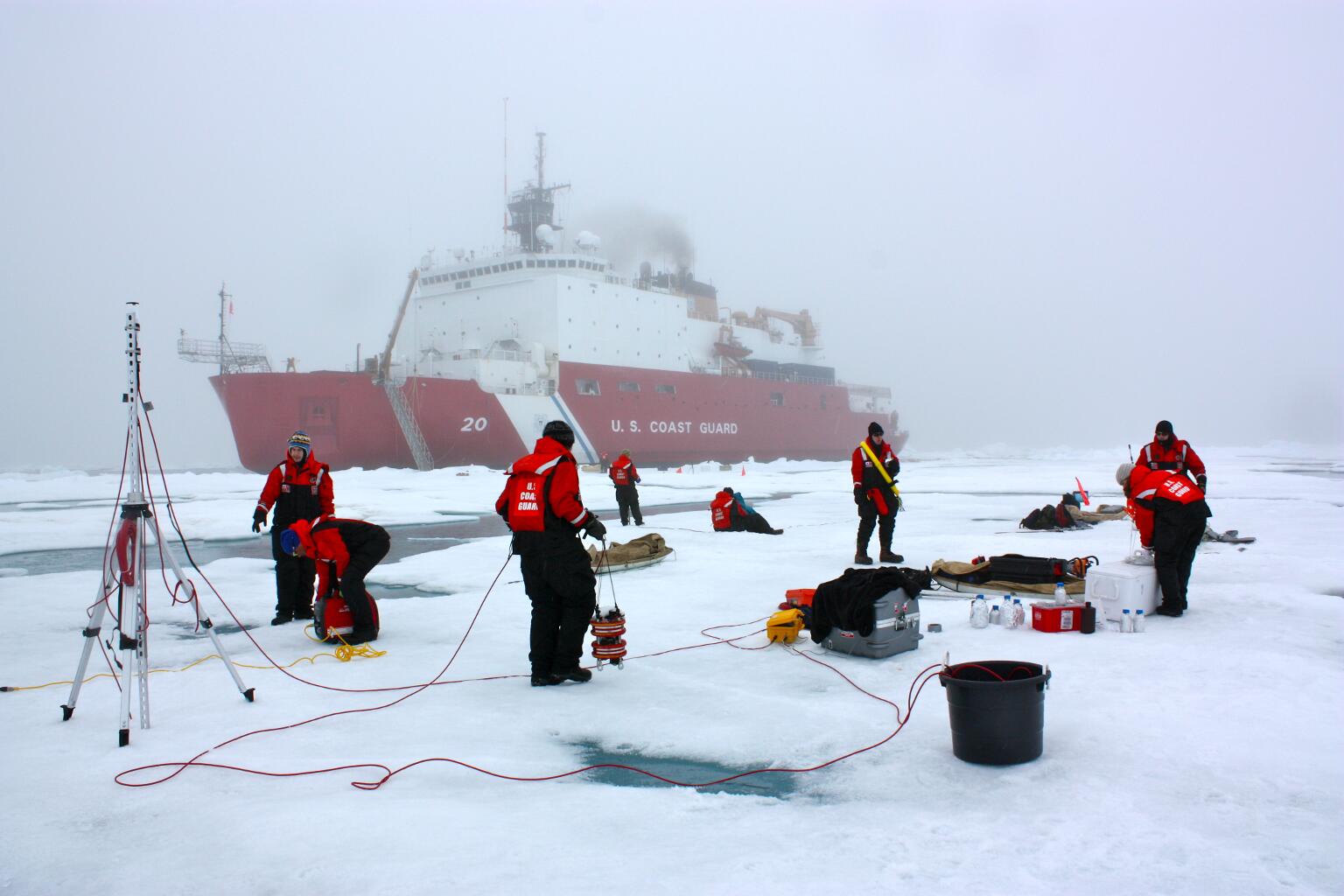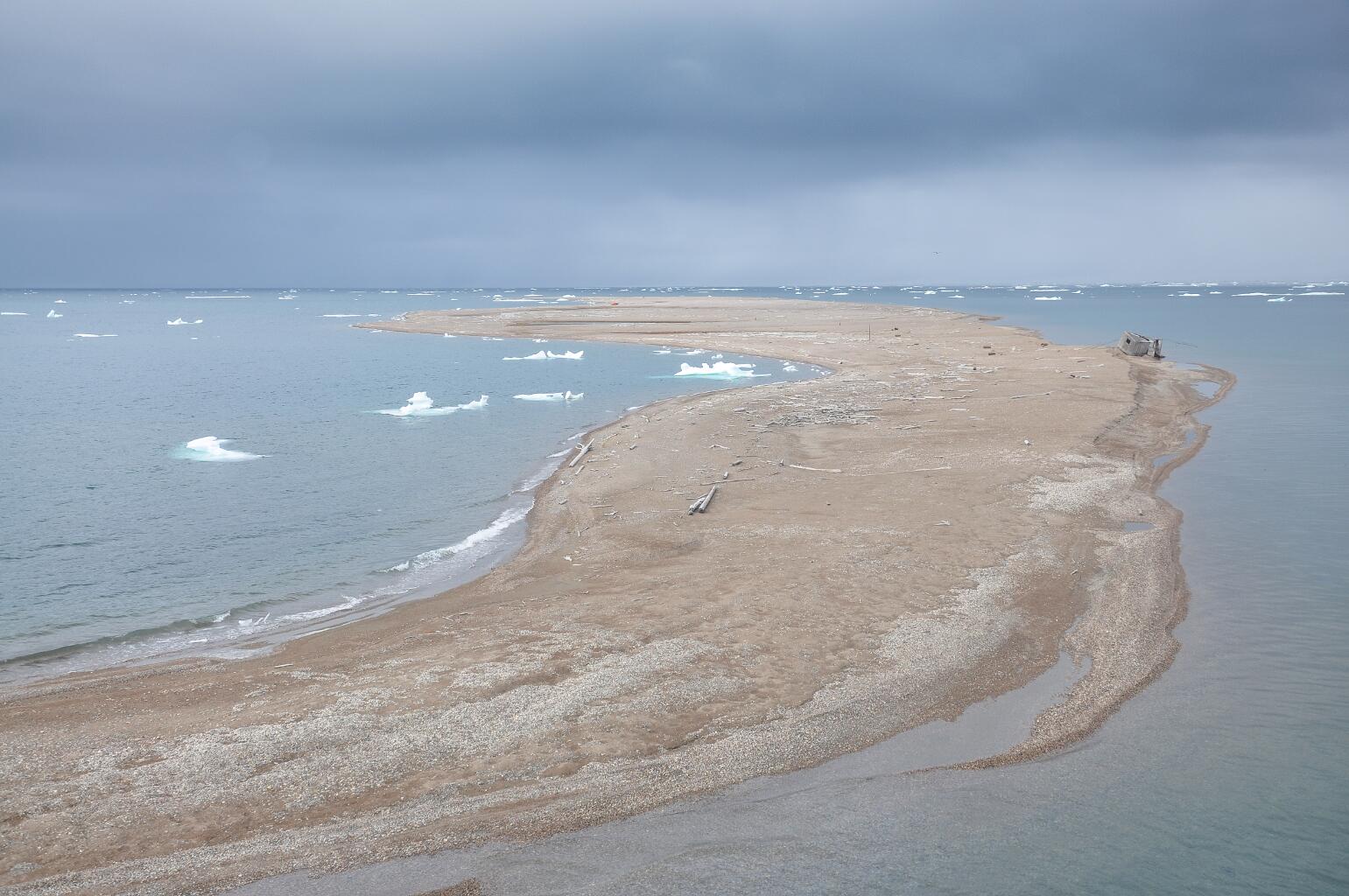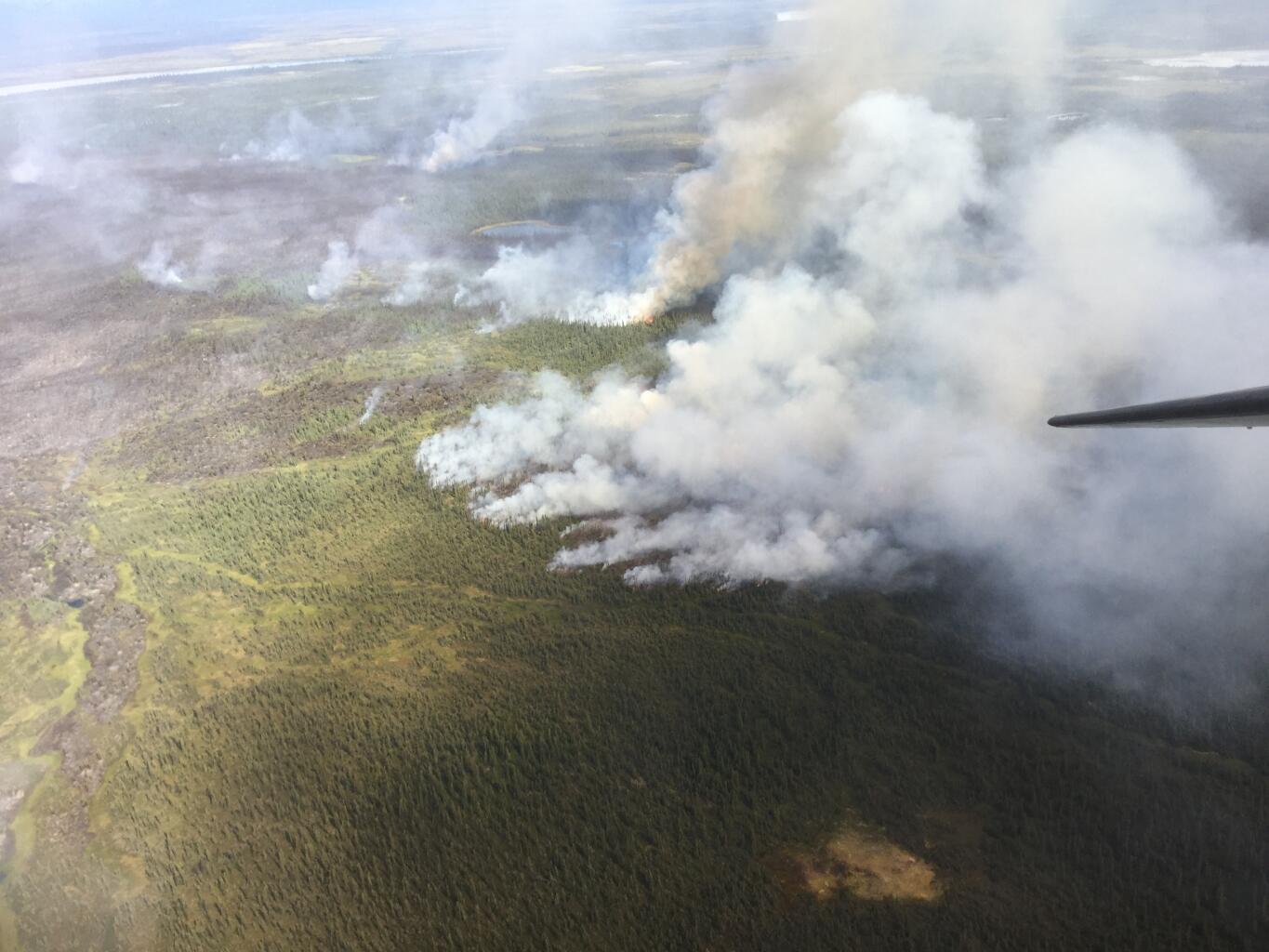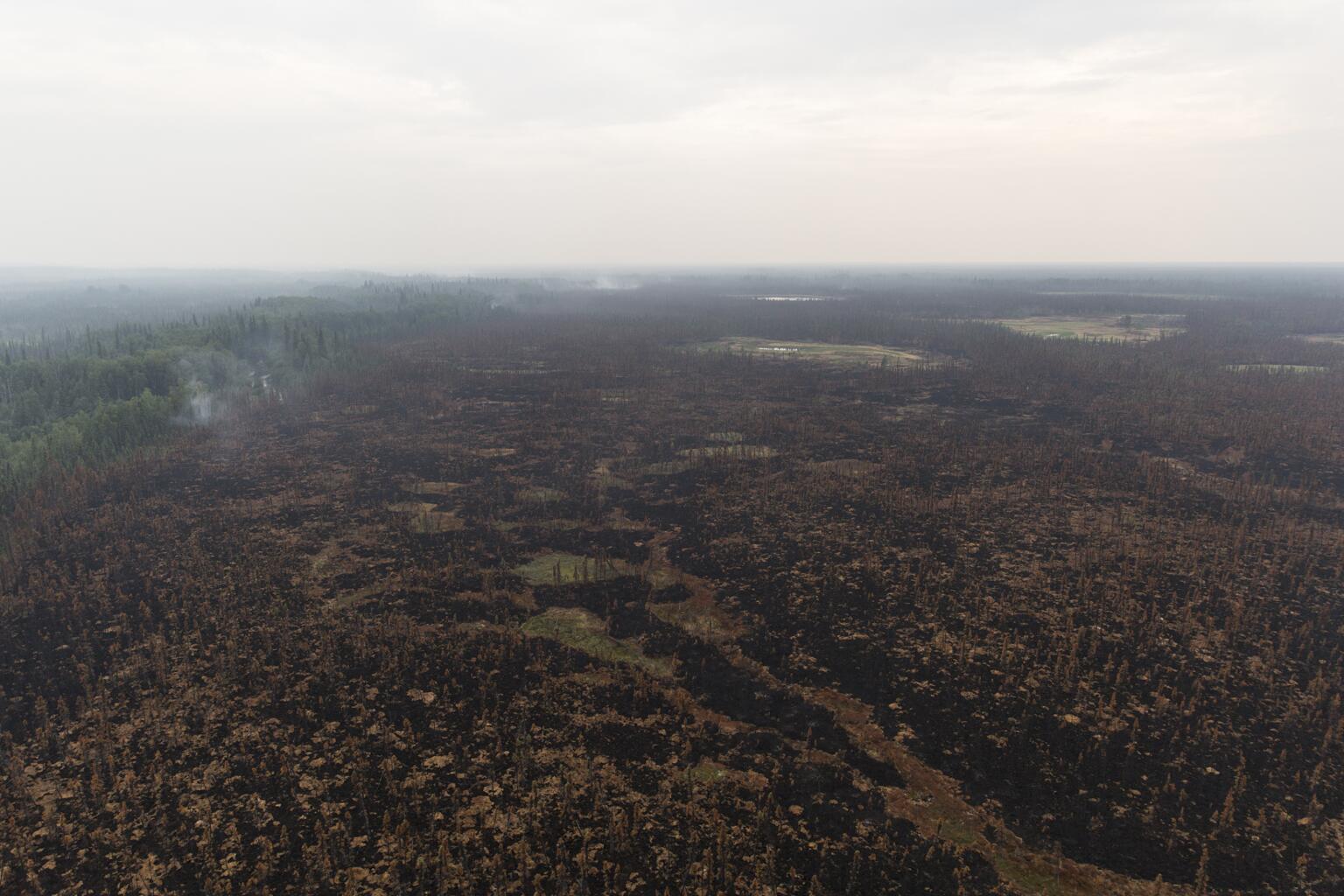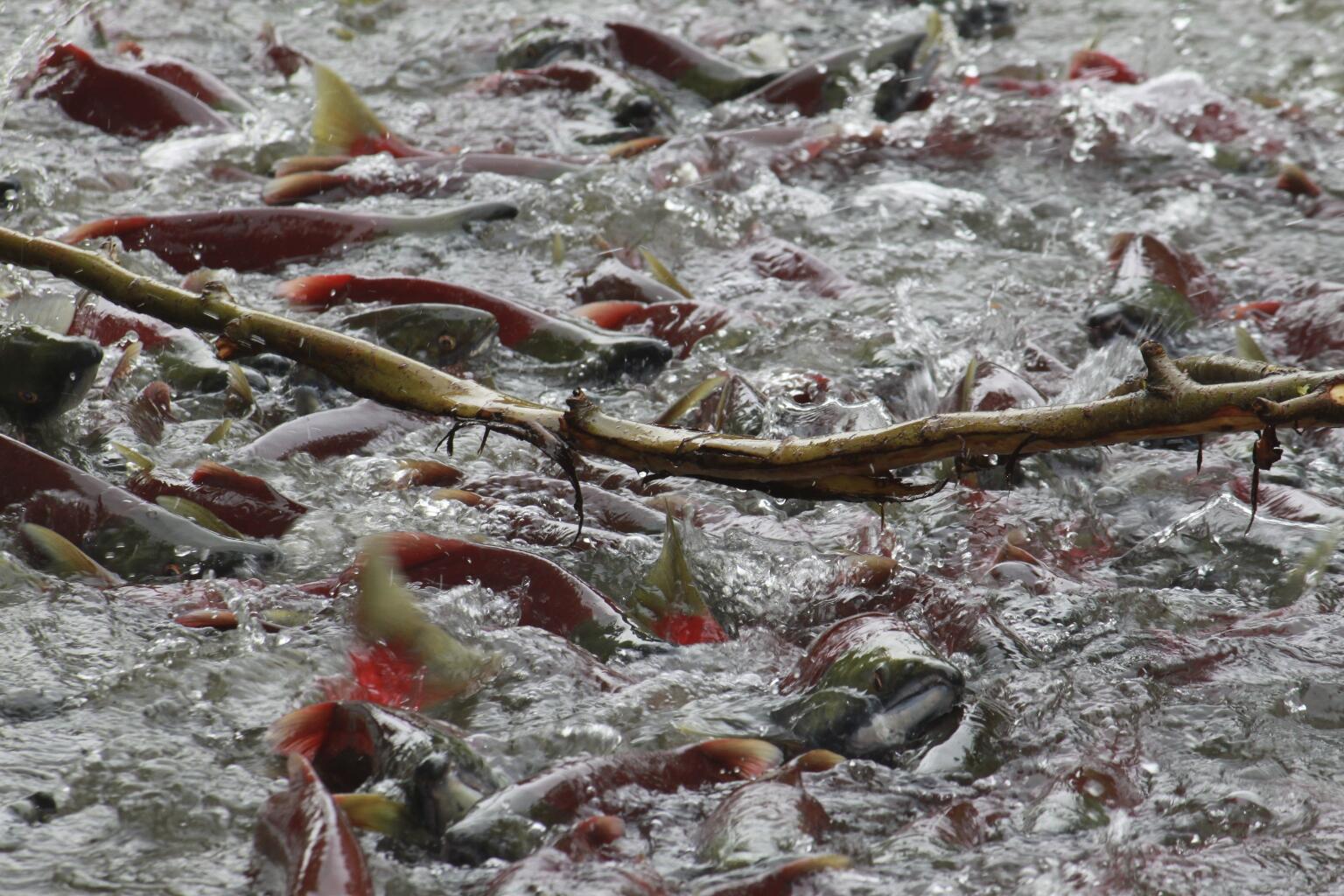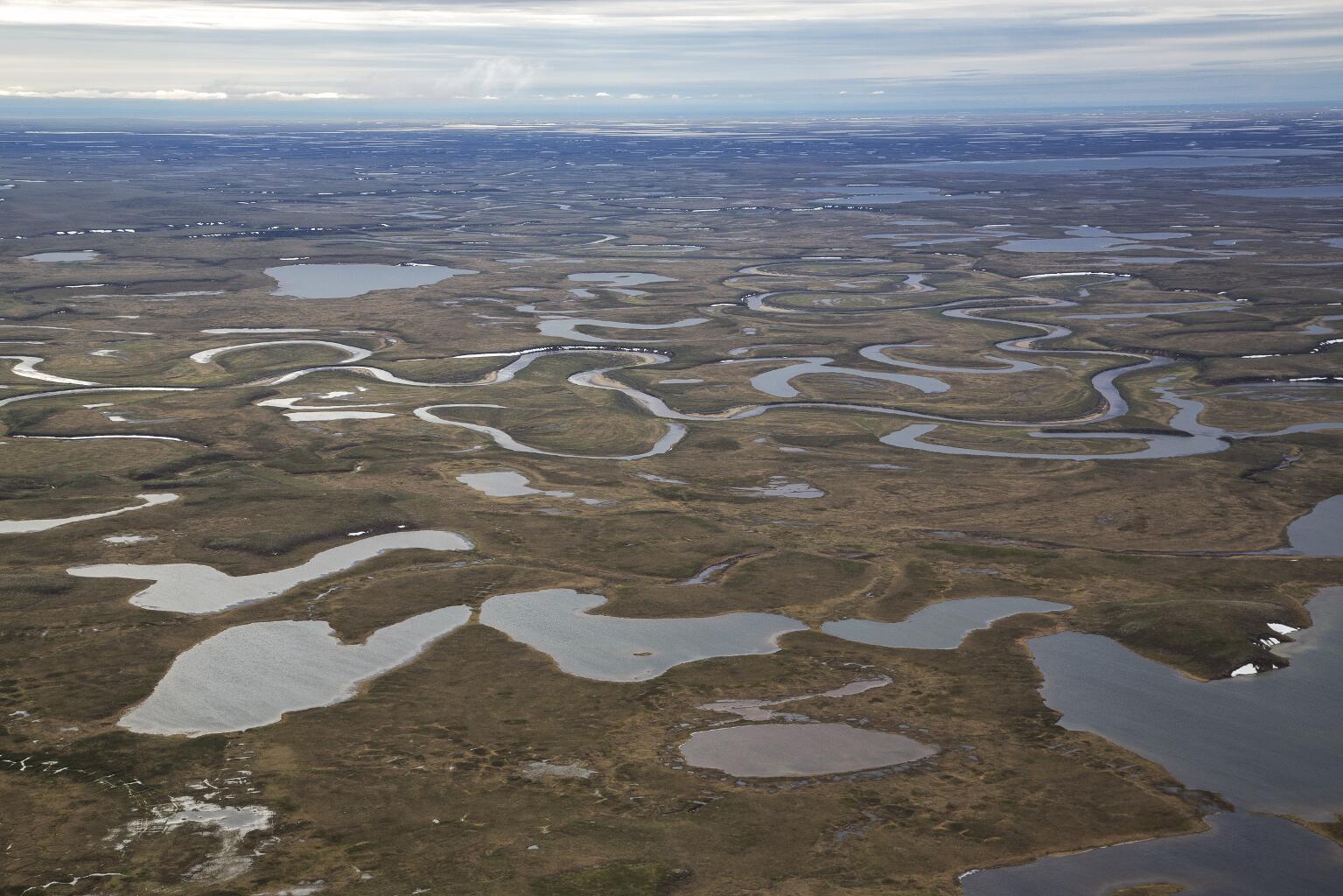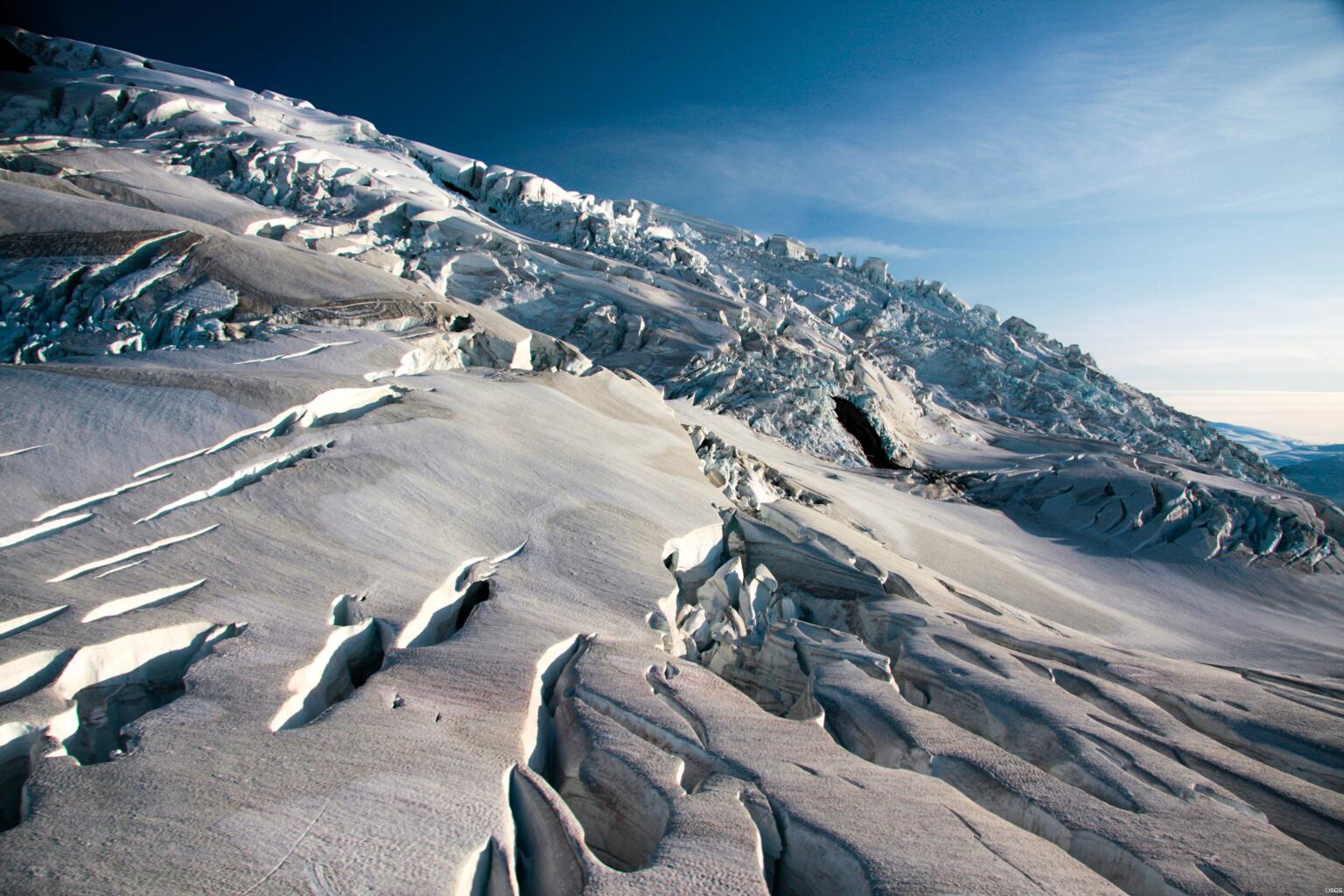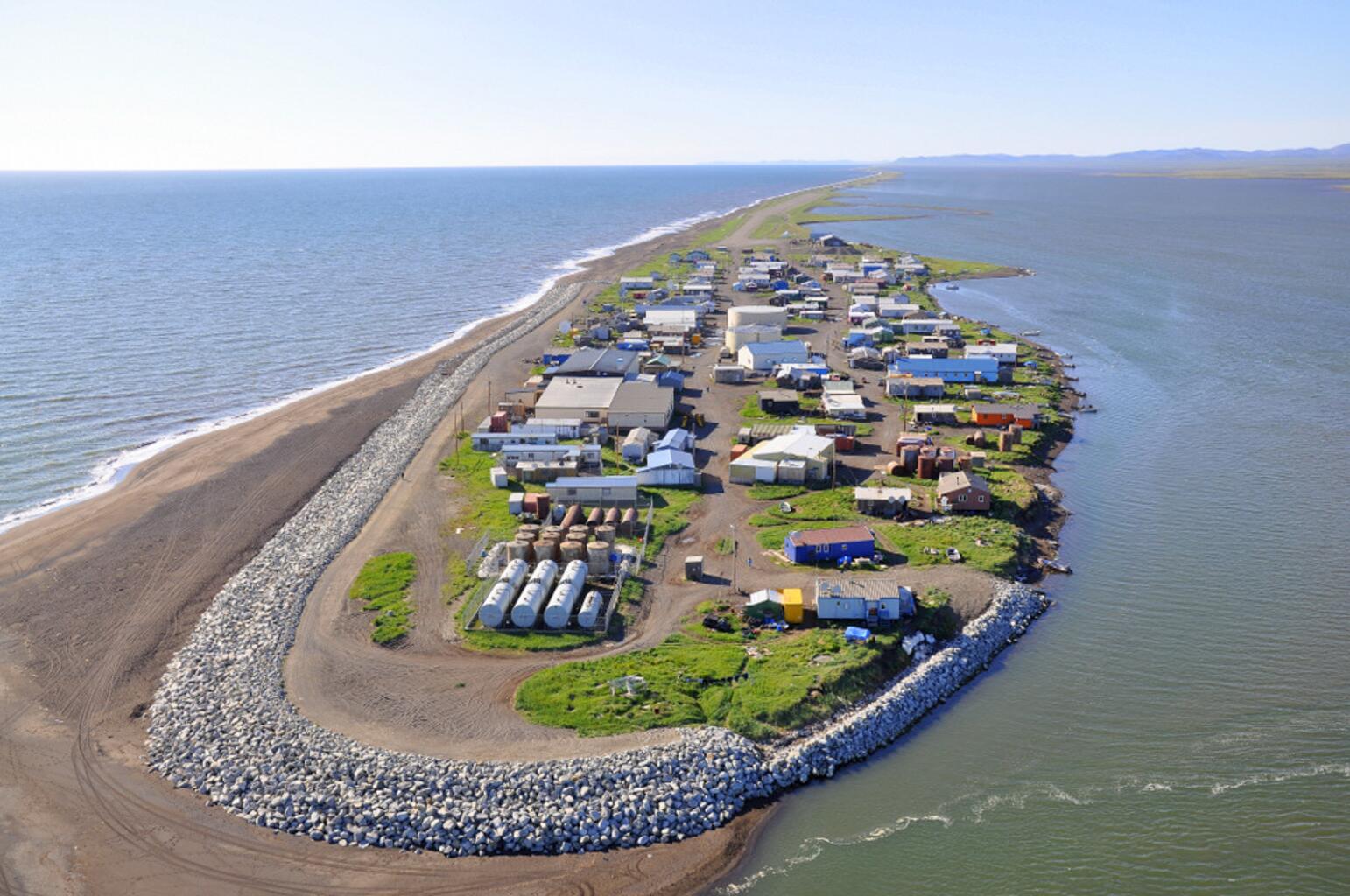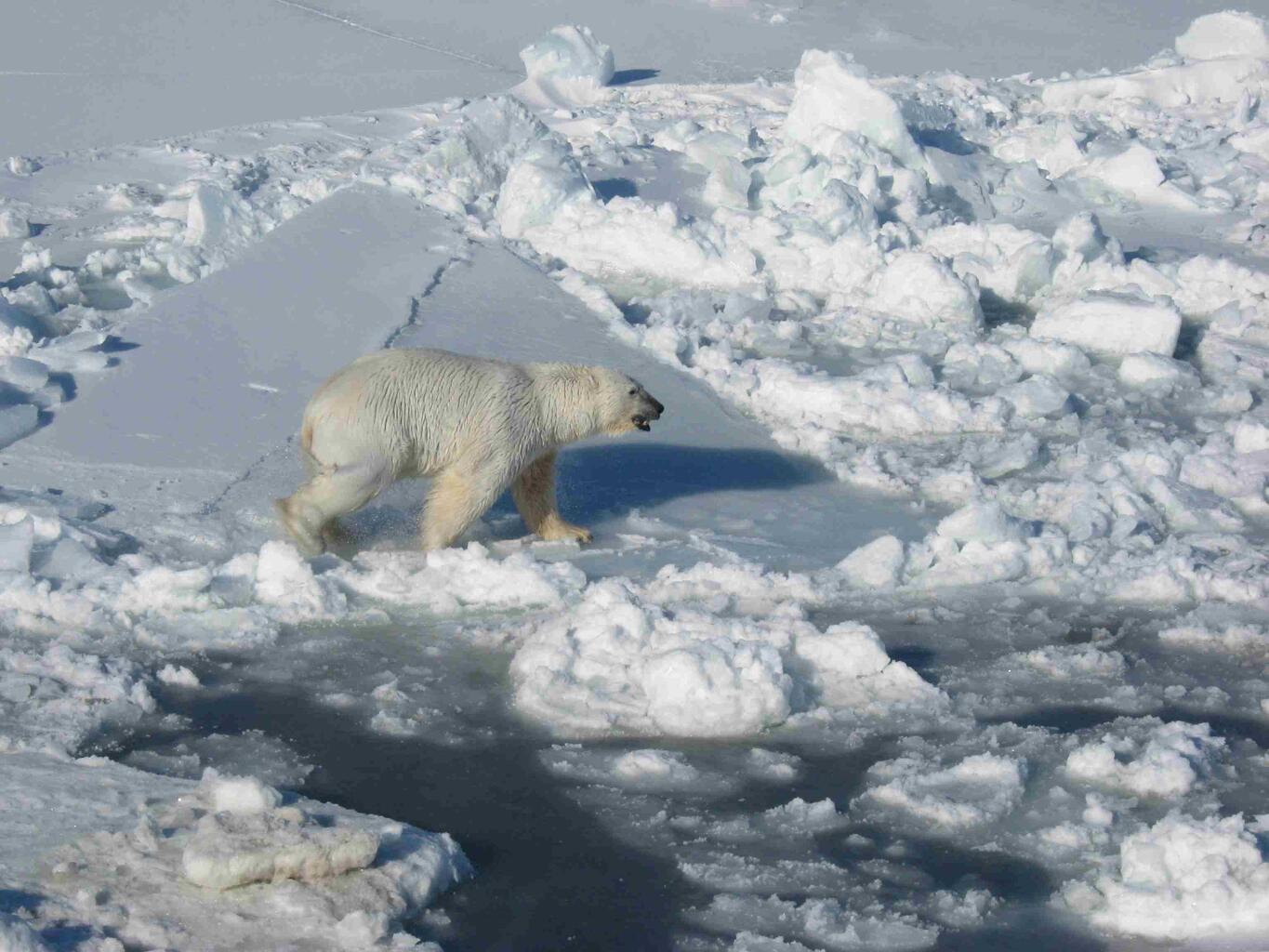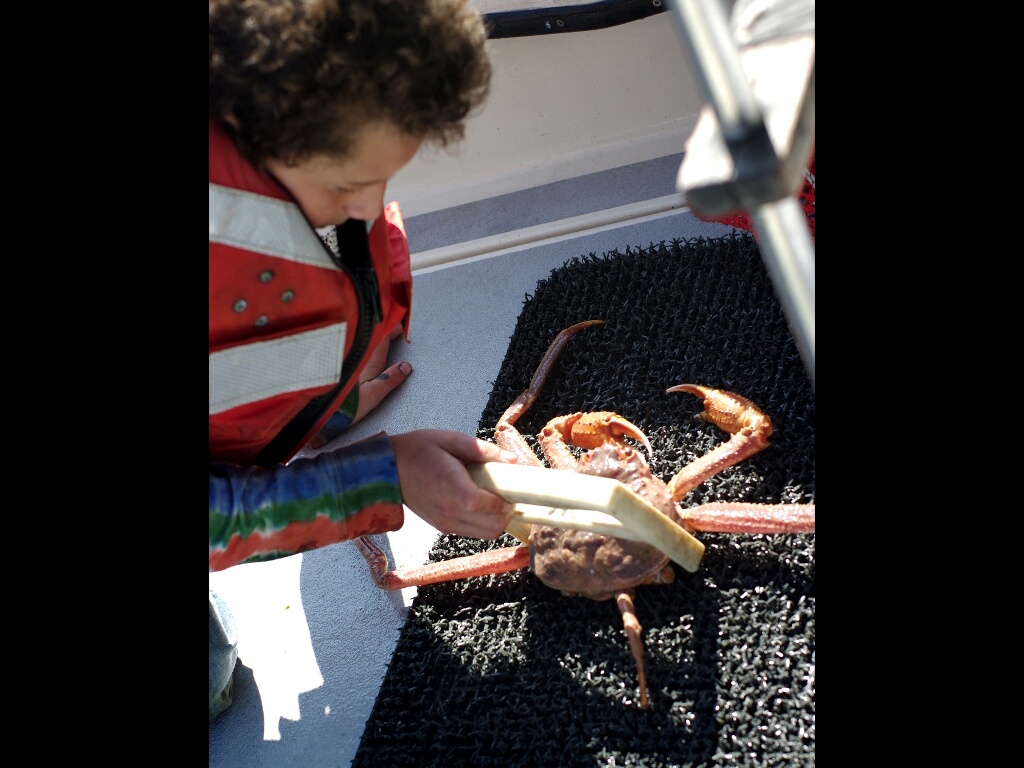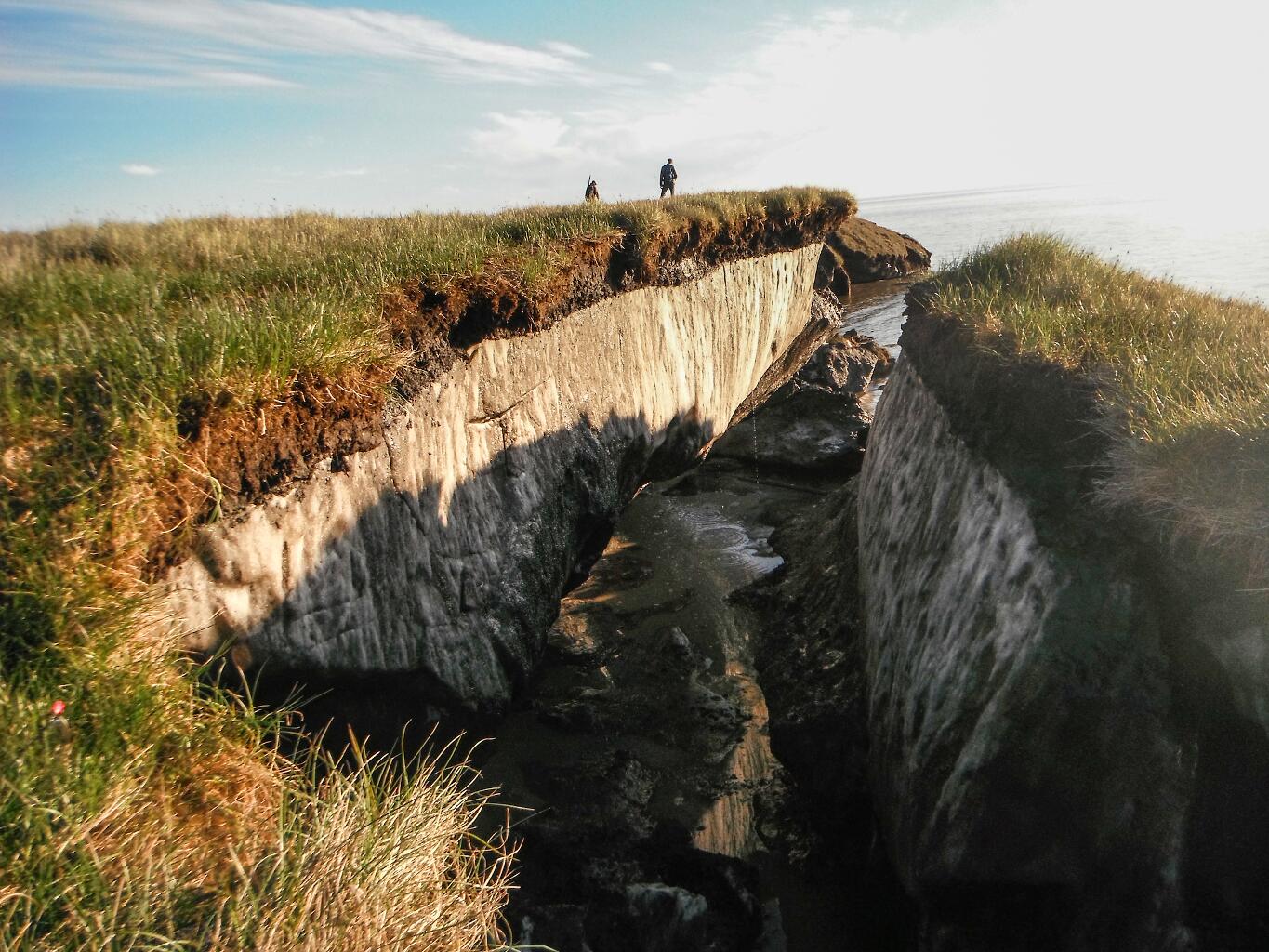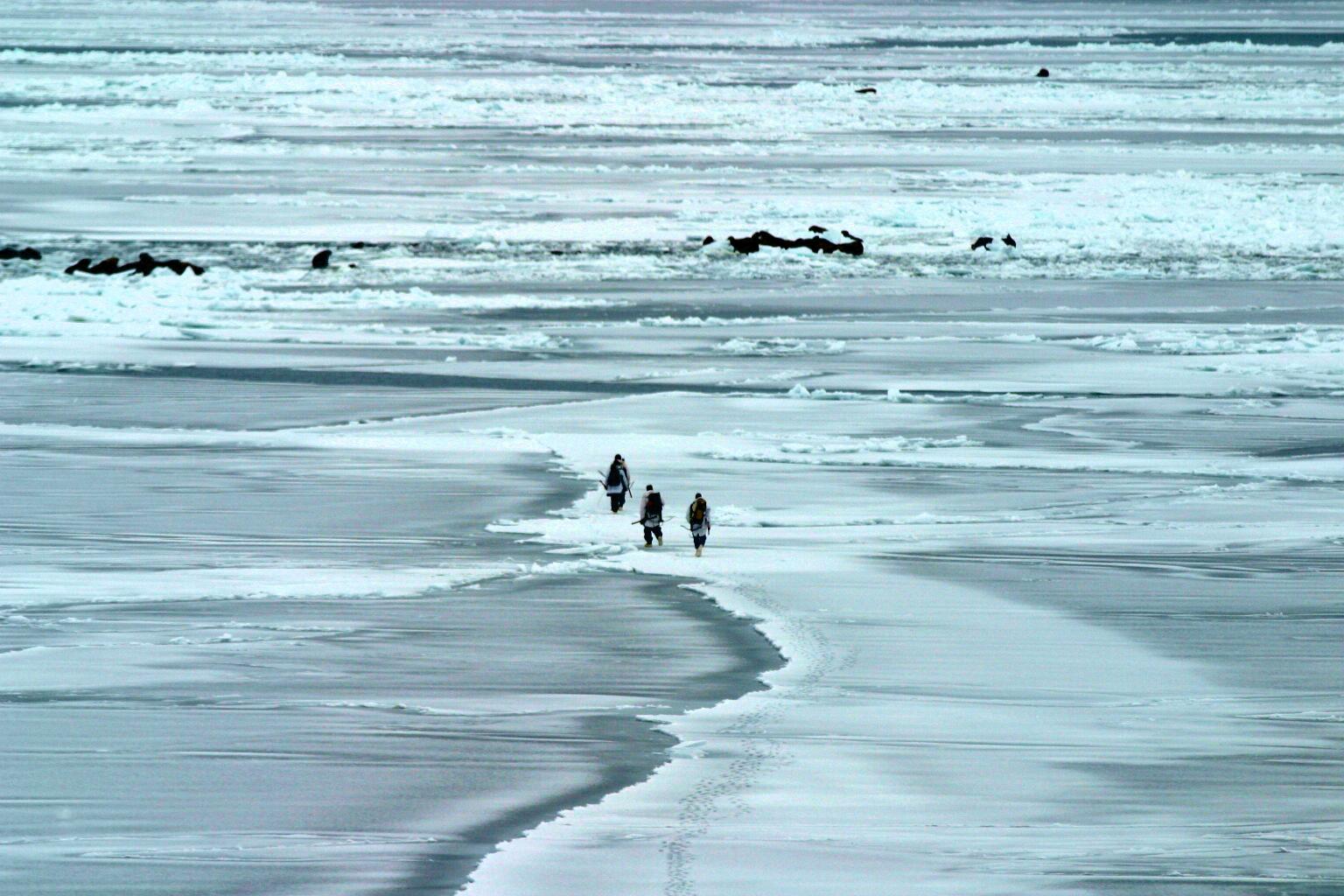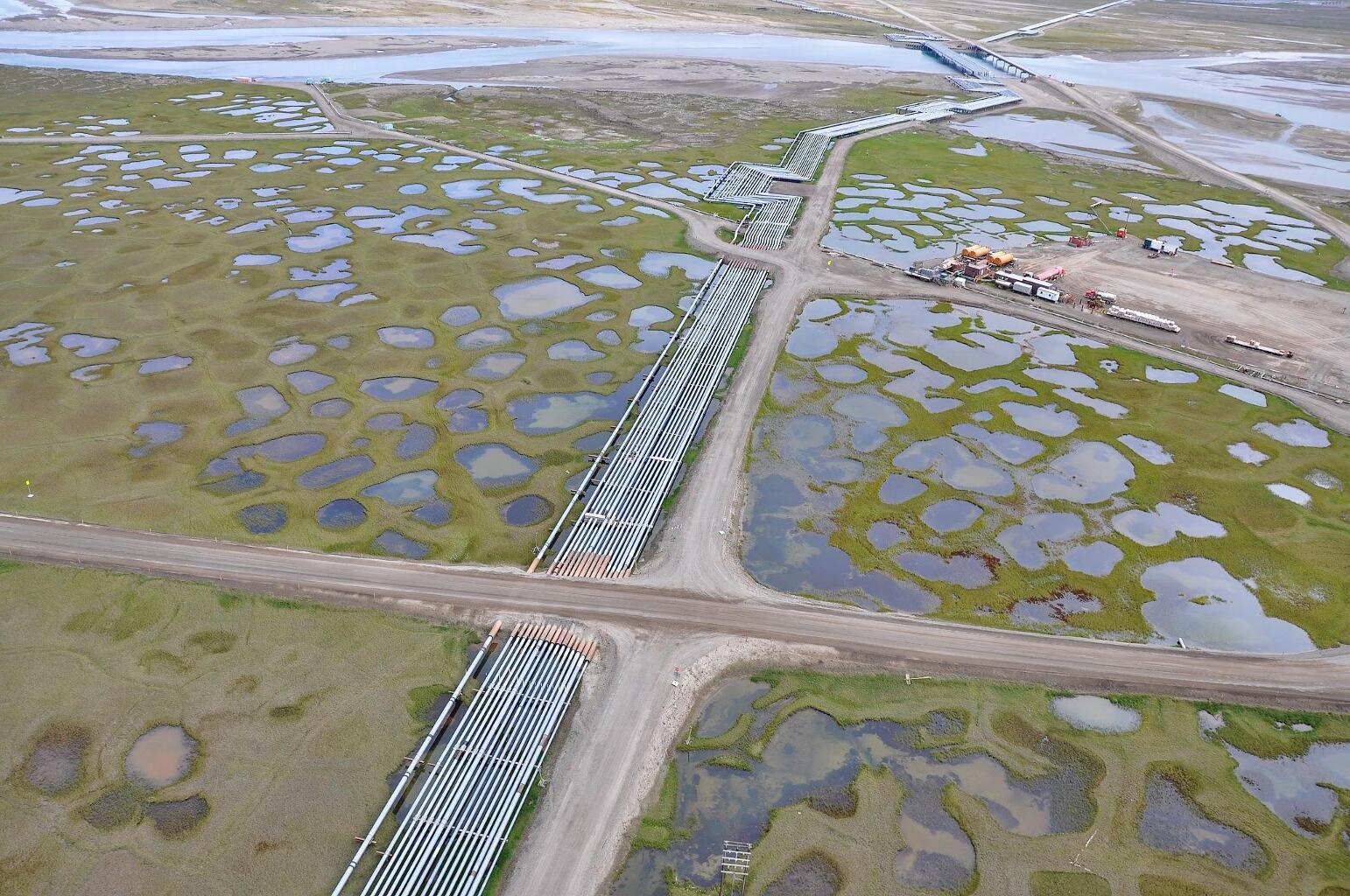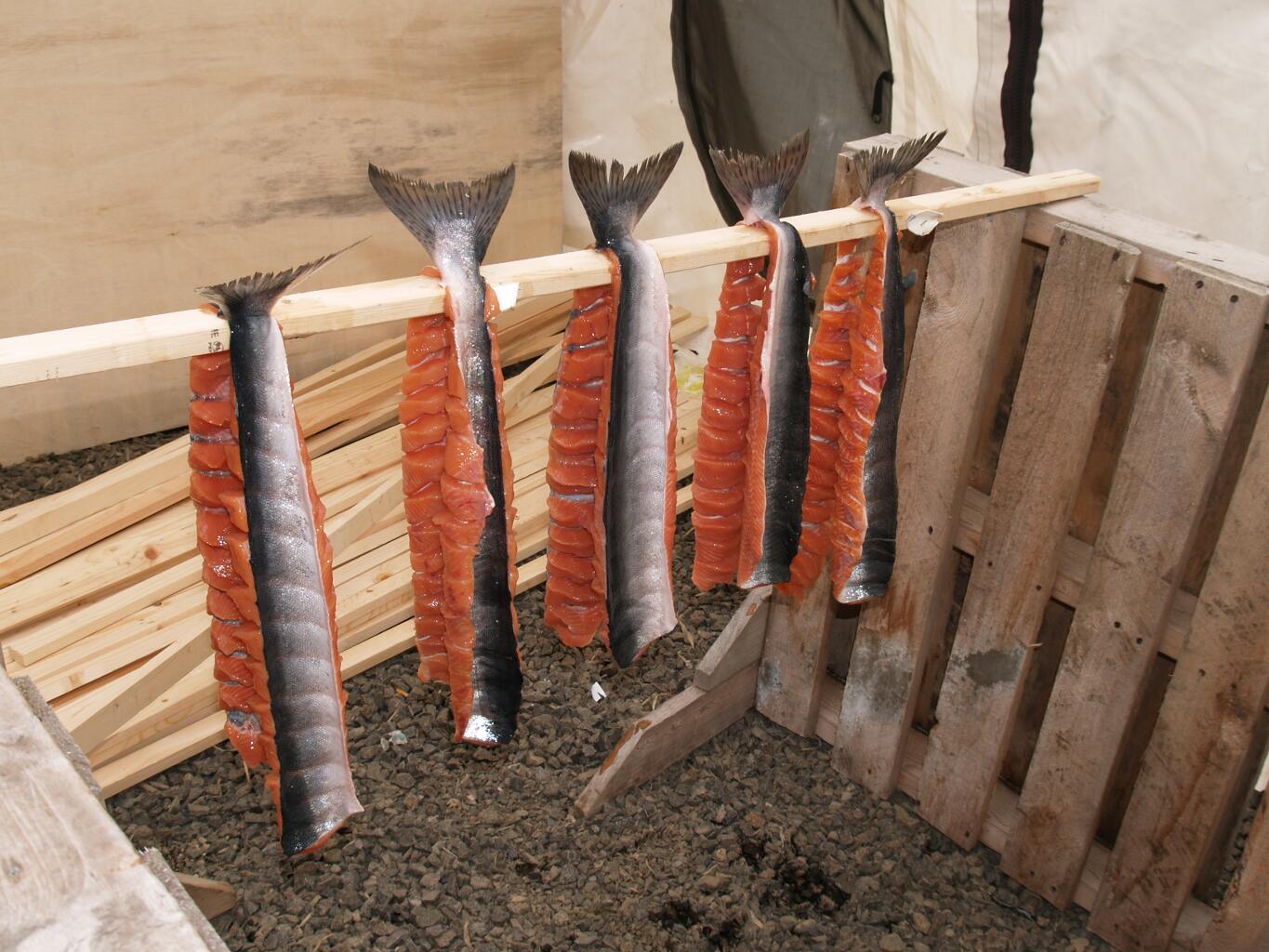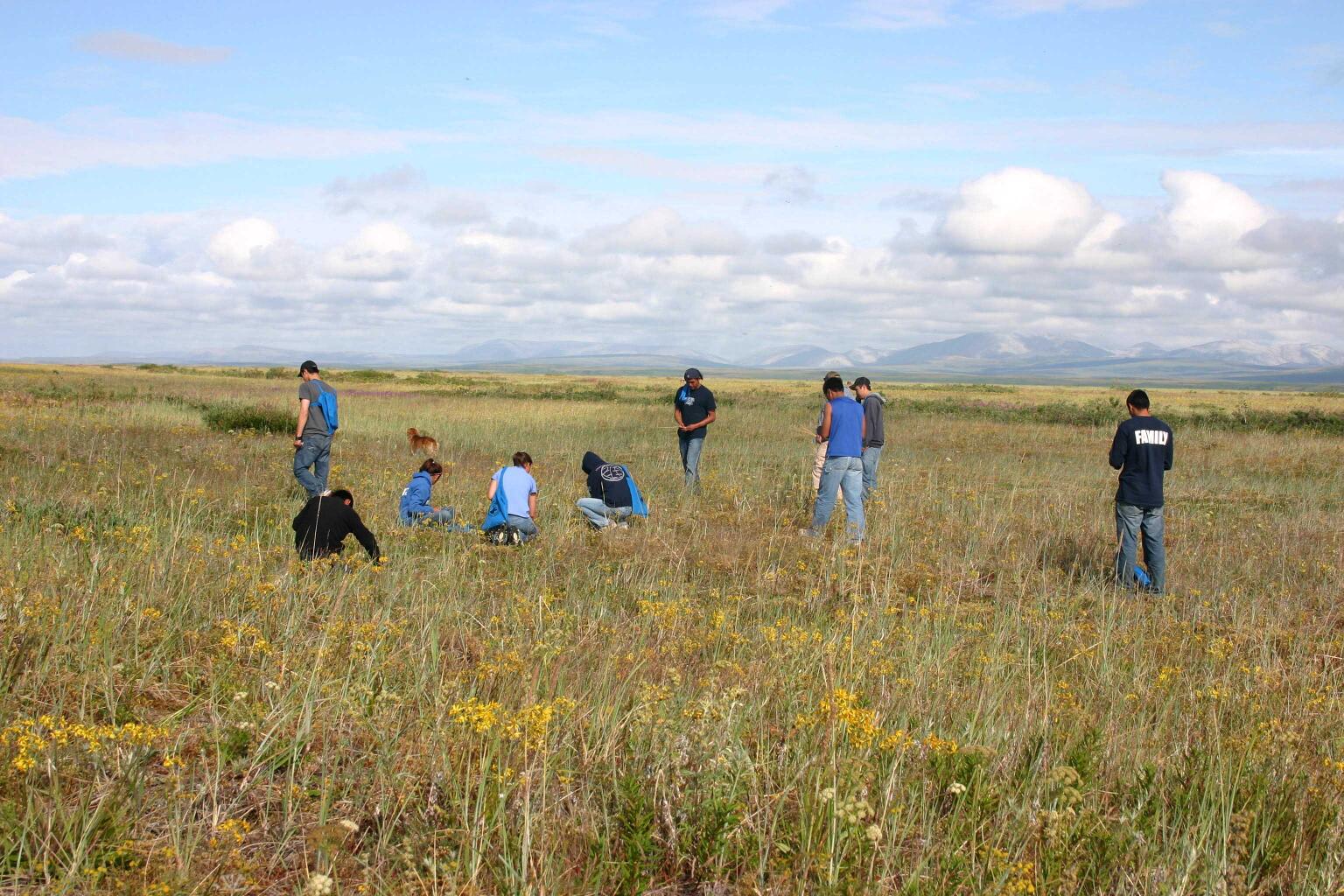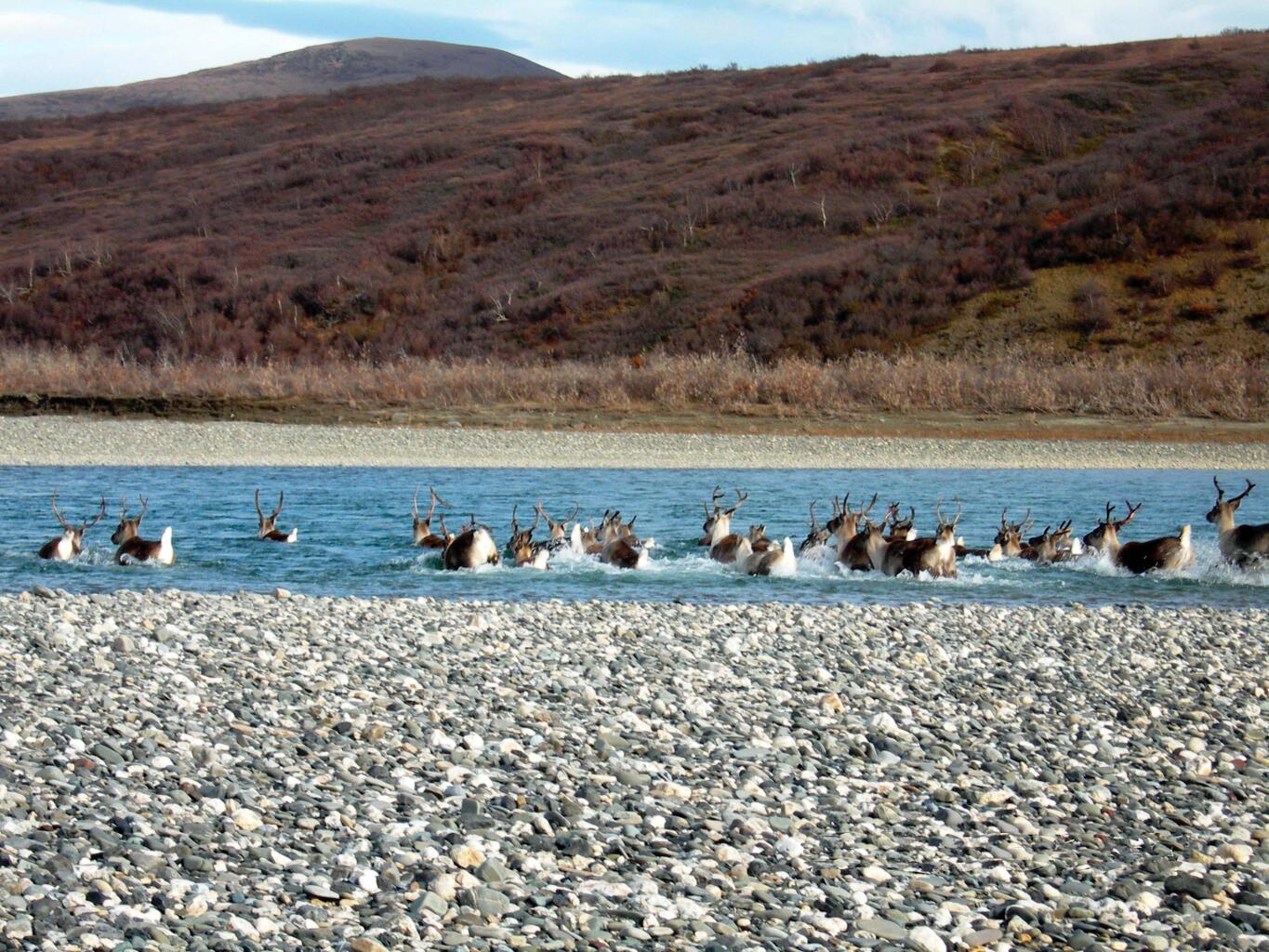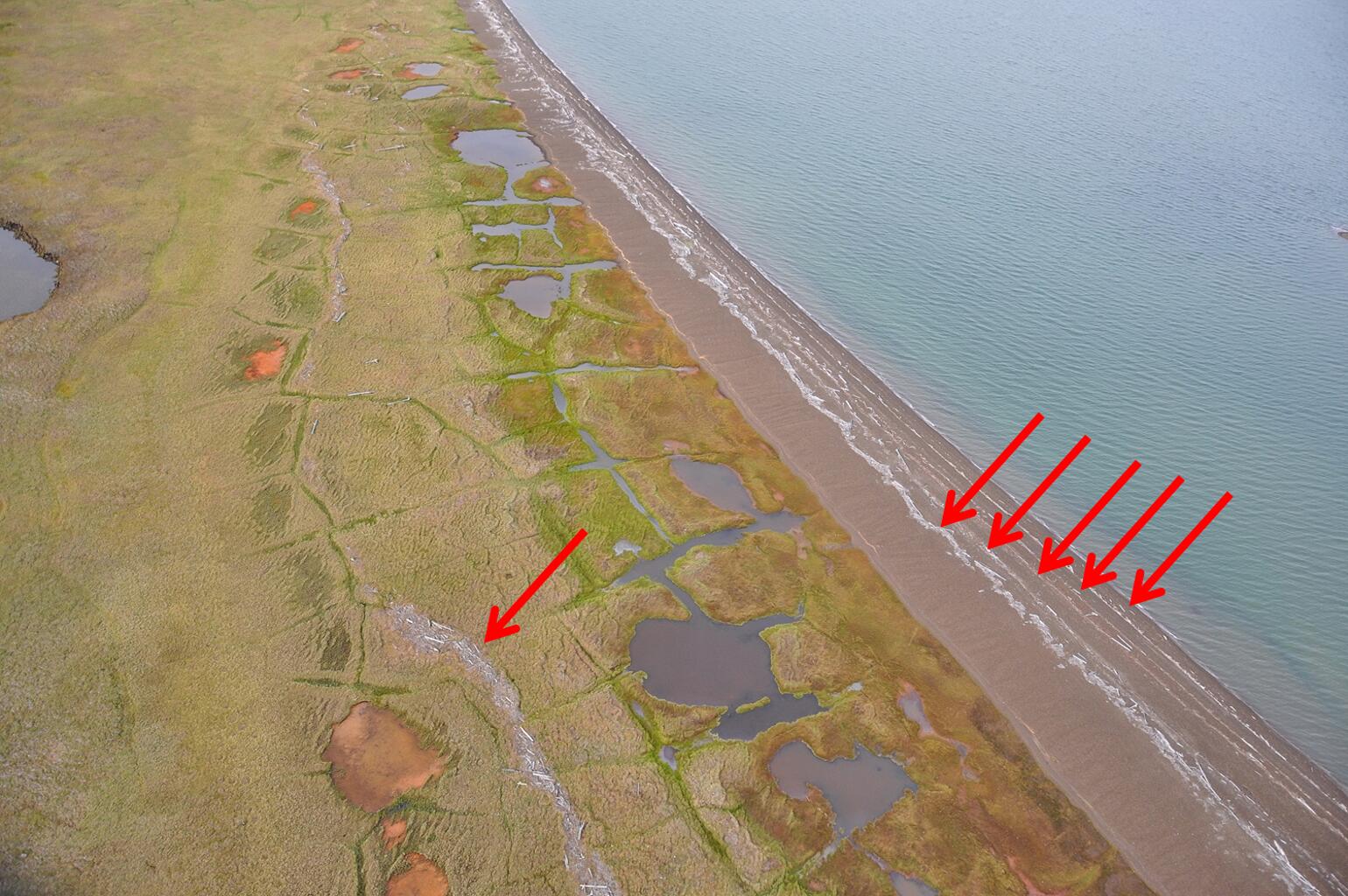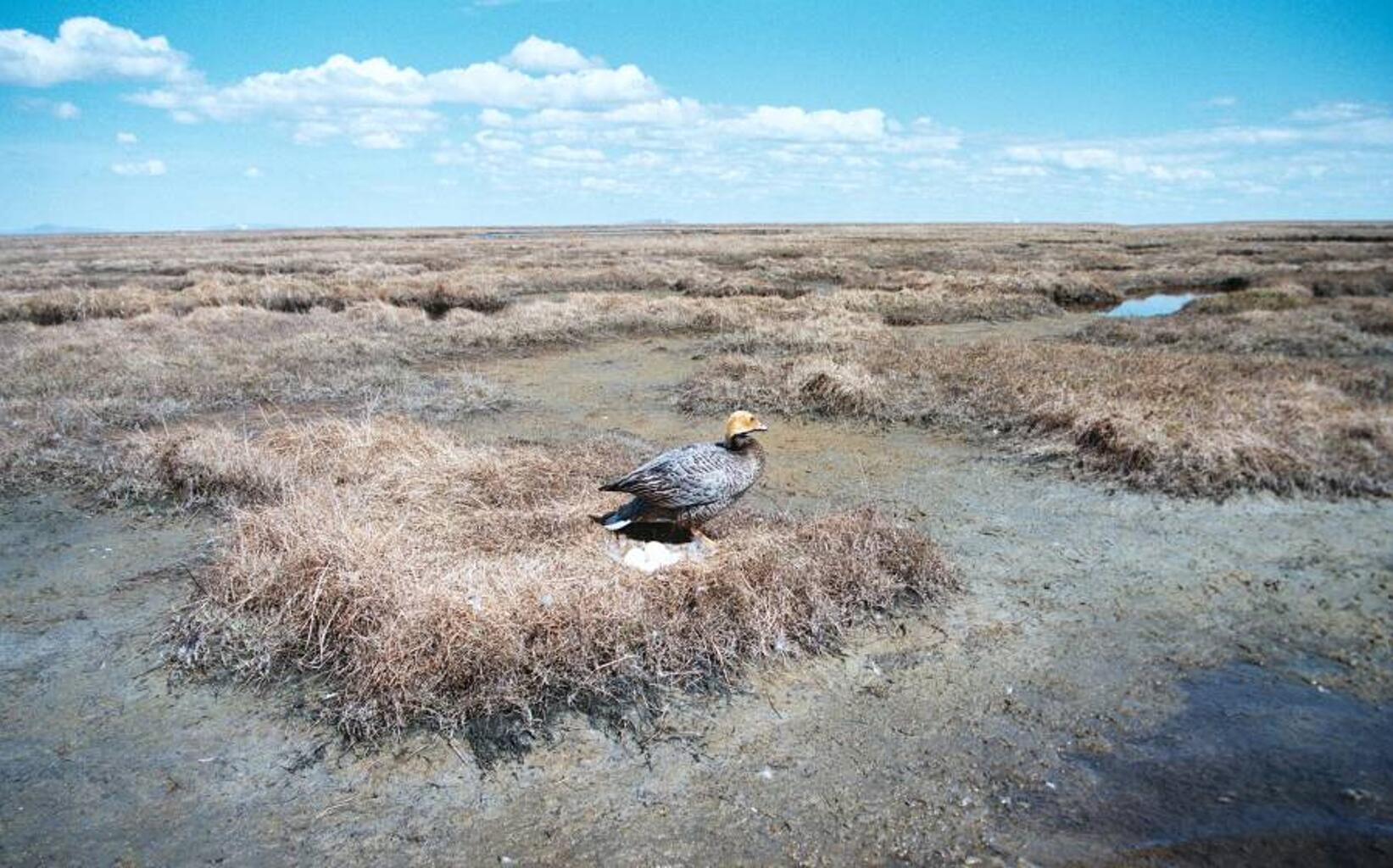Photo Gallery
This gallery contains images of climate change effects on Alaska's ecosystems and associated cultural resources. Each image has a caption, source, and link to a high resolution version. Click the thumbnails to preview. While use of these images is not restricted, we ask that you credit the source when using them.
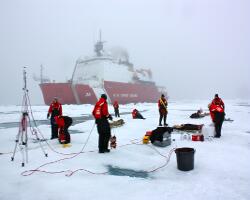
Arctic Research
NASA's IceScape Mission researches deteriorating sea ice in a changing Arctic Ocean.
Photo by: Kathryn Hansen, NASA
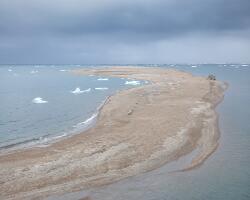
Coastal Erosion
Can you spot the structure? In addition to flooding communities, storm surge and sea-level rise are expected to increase flooding of low-lying areas often used for fishing and hunting.
Photo by: ShoreZone
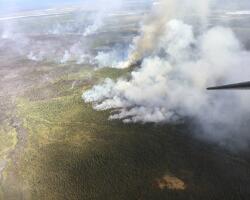
Fire
3.1 million acres of forest land have burned in Alaska in 2015, second only to 2004.
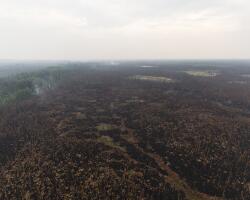
Fire
Frequency and intensity of wildfires in Alaska are expected to increase.
Photo by: Yasunori Matsui, National Park Service
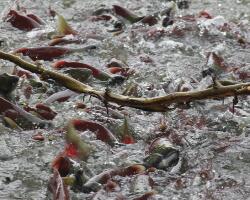
Fisheries
Climate-induced changes like warming streams, and low flows pose threats to Alaskan salmon, a vital species for Alaskans.
Photo by: Caz VanDevere, USFWS Alaska
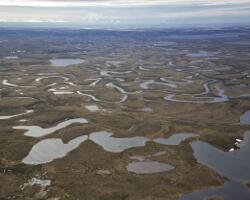
Hydrology
Alaska’s myriad of lakes and streams are vulnerable to changes in the water cycle and thawing of permafrost which keeps water near the surface.
Photo by: Bob Wick, Bureau of Land Management
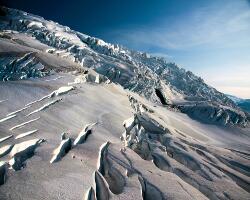
Hydrology
Guyot Glacier near Yakutat has retreated 50 km in the last century.
Photo by: Shad O'Neel, U.S. Geological Survey
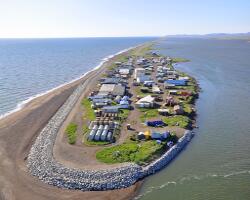
Infrastructure
As coastlines erode and sea levels rise, some Alaskan communities must decide to defend against the encroaching ocean or relocate.
Photo by: ShoreZone
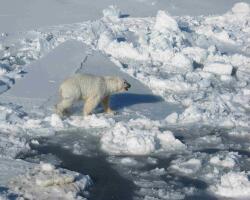
Marine Mammals
As arctic ice disappears, so does polar bear habitat.
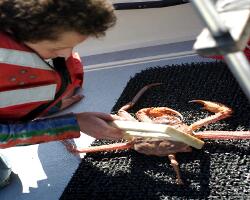
Ocean Acidification
Scientists fear ocean acidification could drive the collapse of Alaska’s iconic crab fishery.
Photo by: Isaac Wedin, Creative Commons
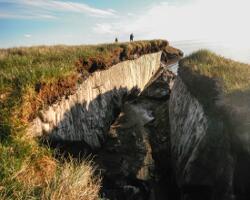
Permafrost
Rapid erosion on Arctic coasts causing permafrost to thaw often results in massive ice breaks along bluffs.
Photo by: Brandt Meixell, U.S. Geological Survey
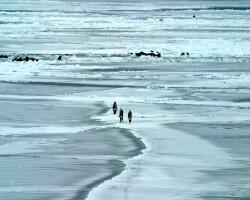
Sea Ice
Late freeze, early melts, and reduced sea ice extent disrupt traditional harvest of walrus and other marine mammals. Wildlife distributions change, and travel becomes less predictable and more dangerous for hunters.
Photo by: U.S. Geological Survey
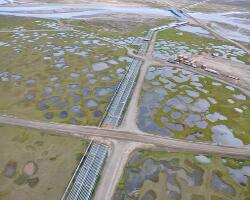
Smart Development
In Alaska, we have an opportunity to shape future development to provide for the wellbeing of humans and ecosystems.
Photo by: ShoreZone
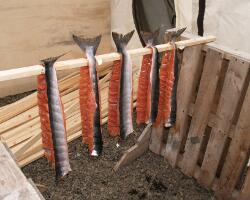
Subsistence
Traditional lifestyles, as well as a commercial catch of over $700mn annually, are threatened by rising water temperatures and other climate change related factors.
Photo by: U.S. Fish & Wildlife Service Alaska
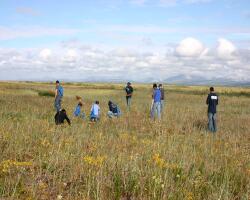
Subsistence
Food and families: Climate fluctuations, expected to become more extreme, affect berry quality and quantity.
Photo by: Western Arctic National Parklands
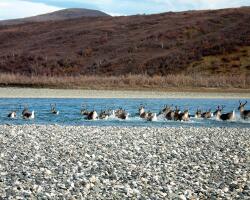
Subsistence
Caribou herds can be hundreds of thousands of animals strong, migrate hundreds of miles, and are an important resource for subsistence economies. Increasing fires reduce availability of caribou’s main winter food, lichen.
Photo by: Western Arctic National Parklands
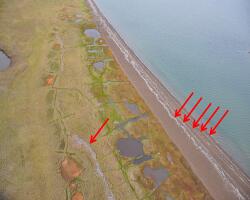
Weather & Climate
Daily high tides are marked by log lines (red arrows), while a pile of driftwood on the tundra is evidence of a large storm (single red arrow). With decreased sea ice and the increasing likelihood of large storm events, there is an increased threat from flooding to infrastructure and coastal wetlands.
Photo by: ShoreZone
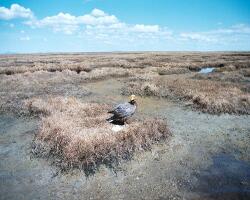
Wetland Drying & Wildlife
Climate change is drying Arctic ponds and lakes, which is expected to impact breeding areas from important wetland species.
Photo by: U.S. Fish & Wildlife Service
